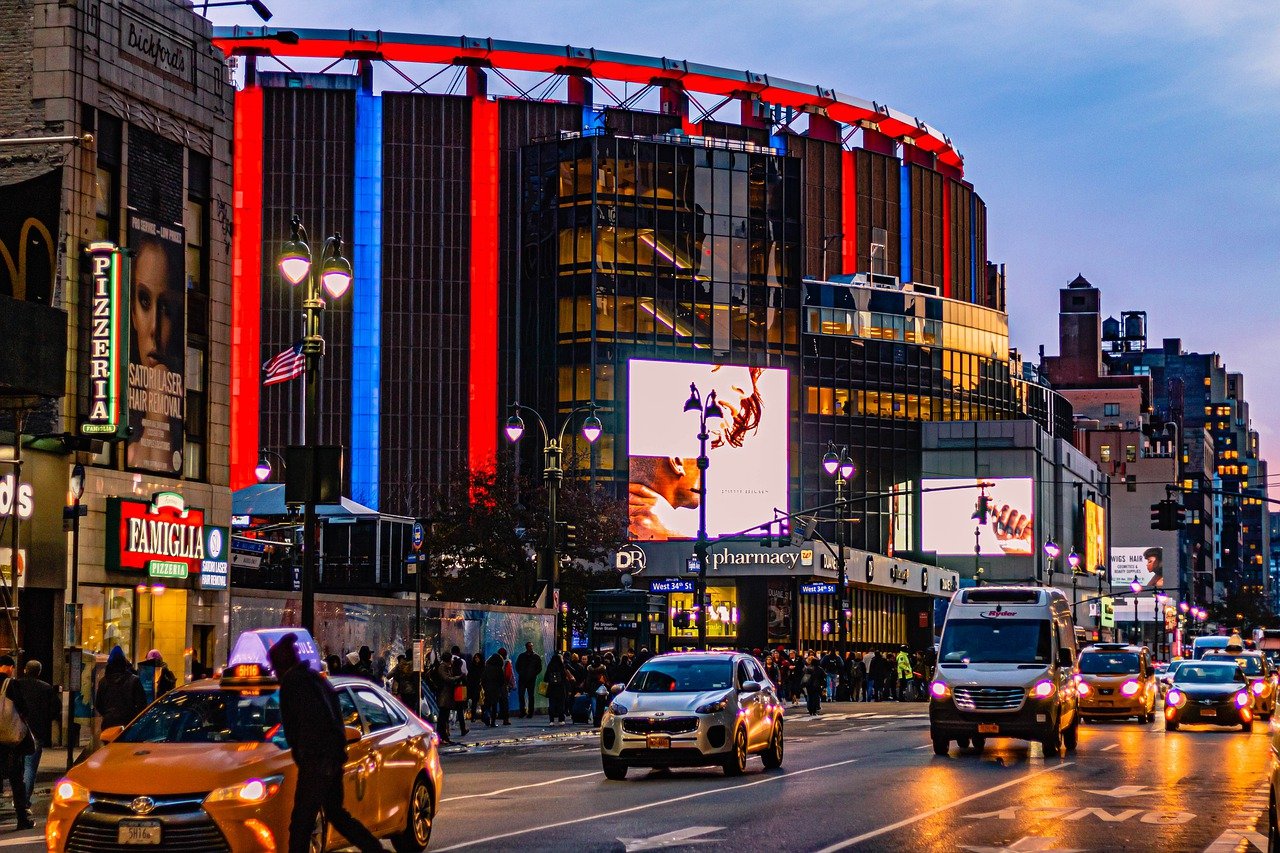‘Laugh Now, Cry Later’ – How a Drake Concert at MSG May Change the Law Regarding Managing the Risk of Large Events

Editor’s Note: The following is reprinted from Sports Facilities and the Law, a complimentary subscription publication, for industry professionals, available at https://sportsfacilitieslaw.com/
By Charles F. Gfeller and Hannah Lauer, of Gfeller Laurie LLP
Can an arena operator or event promoter be held liable for the actions of third parties during a large event, like a Drake concert? According to a recent decision in New York’s First Department, the answer is potentially – yes. In the case at issue, Plaintiff Amanda Giovacco was hit and injured by a thrown aluminum bottle while attending a Drake concert at Madison Square Garden. This concert was promoted by Live Nation, who had a contract with Madison Square Garden that required the venue to provide security officers for the event.
Giovacco sued the performer Aubrey Graham a/k/a/ “Drake,” Live Nation, and Madison Square Garden, arguing that the parties were negligent and that they caused her injuries. Giovacco claimed that Drake owed a duty of reasonable care to her and to her fellow concert goers, meaning that as the performer at a large and high-energy event, Drake should have taken steps to ensure the concert goers would be safe from predictable dangers. Giovacco’s claims against Drake were not successful because the court found that (1) Drake did not have control over the safety of Madison Square Garden, (2) Drake did not launch the instrument himself, and (3) Drake did not have any contractual obligation to provide security at the concert.
Giovacco also claimed that Madison Square Garden had a duty, as owner of the property and as the entity responsible for security, to act reasonably and to protect concert goers from foreseeable dangers. The court was not persuaded by Giovacco’s arguments and dismissed this claim as well. Specifically, the court determined that Giovacco failed to prove that Madison Square Garden knew of the dangers or reasonably should have known of the dangers that created the environment in which she was struck with a metal bottle. Giovacco also failed to prove the causation element of negligence, meaning that Giovacco did not adequately prove Madison Square Garden directly or indirectly caused her injury.
Finally, Giovacco argued that as promoter and facilitator of the event, Live Nation had a duty to ensure that the large crowd attracted to the event did not pose an unreasonable risk to attendees. The court found that Live Nation had a responsibility to ensure the foreseeably large crowd attracted to Drake’s concert did not pose an unreasonable risk of injury to attendees. Live Nation knew the concert would be well-attended because it sold the tickets. Giovacco also argued that Live Nation knew this concert could be dangerous and had the potential to injure but failed to act accordingly.
In a landmark decision, New York’s First Department found in favor of Giovacco, holding that Live Nation may have had a responsibility to ensure that concertgoers remained safe from foreseeable dangers arising out of attending the Drake concert. The First Department sent this case back to the trial court for further clarification on certain facts, including what conduct Live Nation was and was not aware of based on past conduct occurring at other Drake shows. This decision represents a potential departure from a longstanding legal principle that people or entities are generally not liable for the actions of others. This decision could have far-reaching implications for venues and event promoters in the future and may necessitate changes in long-standing operating procedures.
This decision makes clear that if hazardous conduct is occurring throughout an event and someone gets injured by a third party, the arena or promoter may be held liable for that injury if they were reasonably aware from prior, similar events that the hazardous conduct could occur. Factors a court may examine include the size and behavior of the crowd. Following this decision, arena operators should take care when entering contracts with promoters to ensure that the promoters are fully prepared for the size and scope of the given event and the kinds of foreseeable risks and dangers associated with the same. Arenas and promoters should take care to ensure that security is equipped to handle any and all foreseeable risks associated with the type of event expected. In other words – know the crowd before it arrives and be prepared.
Arenas and promoters should implement plans that govern how any foreseeable danger will be handled, including how and when the arena or promoter should step in if a crowd becomes dangerous in the middle of an event. If the event is expected to produce rowdy conduct like dancing, jumping, crowd surfing, etc., the promoter or the venue should have adequate security measures in place to handle these scenerios. While this decision only applies to some locations in New York, venues everywhere should prepare for this ruling to impact how courts may look at risks and dangers arising at large events.
Charles F. Gfeller is a partner at Gfeller Laurie LLP. He may be reached at cgfeller@gllawgroup,com. Hannah Lauer is a law clerk at Gfeller Laurie LLP. For more information on the firm, please visit www.gllawgroup.com.
